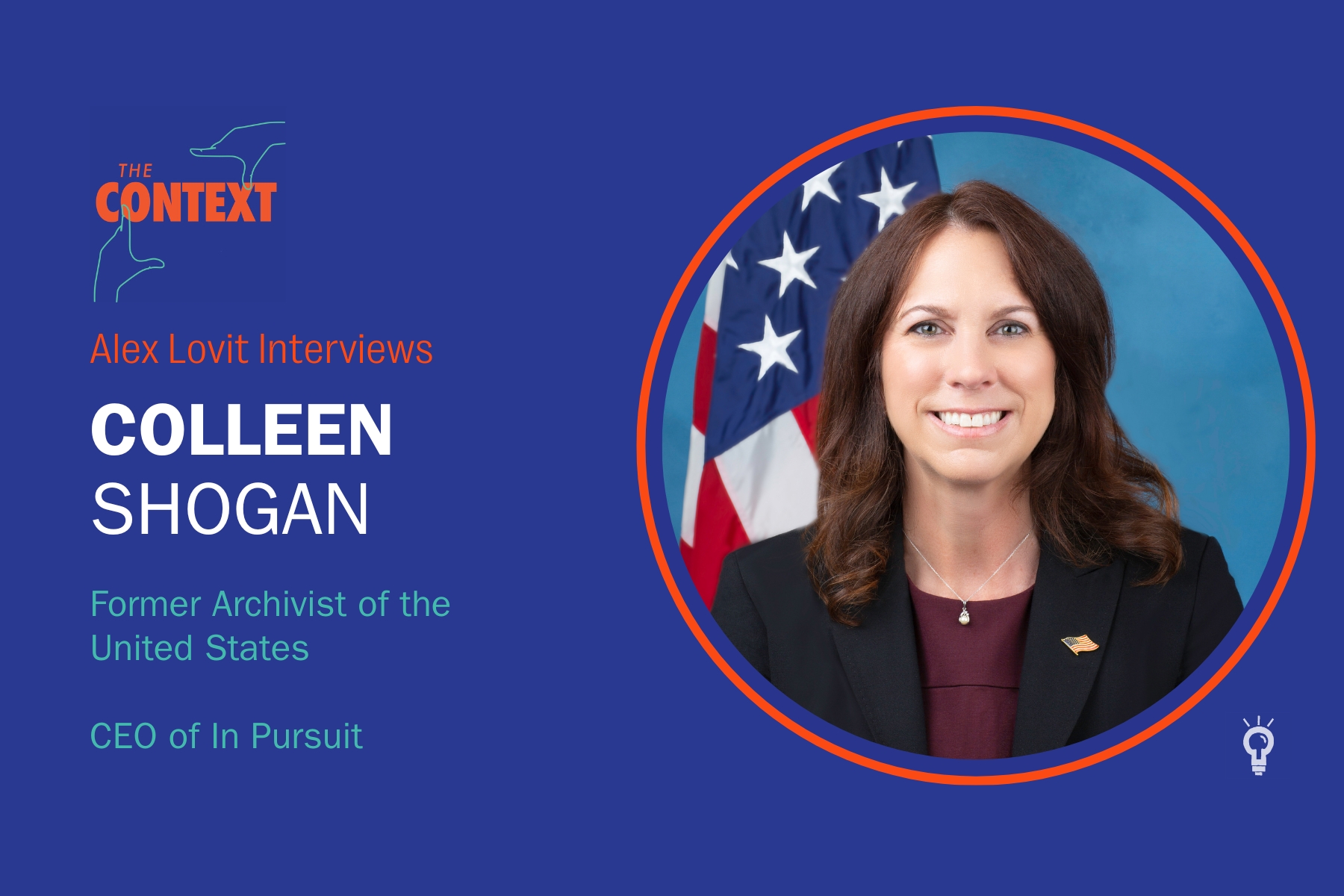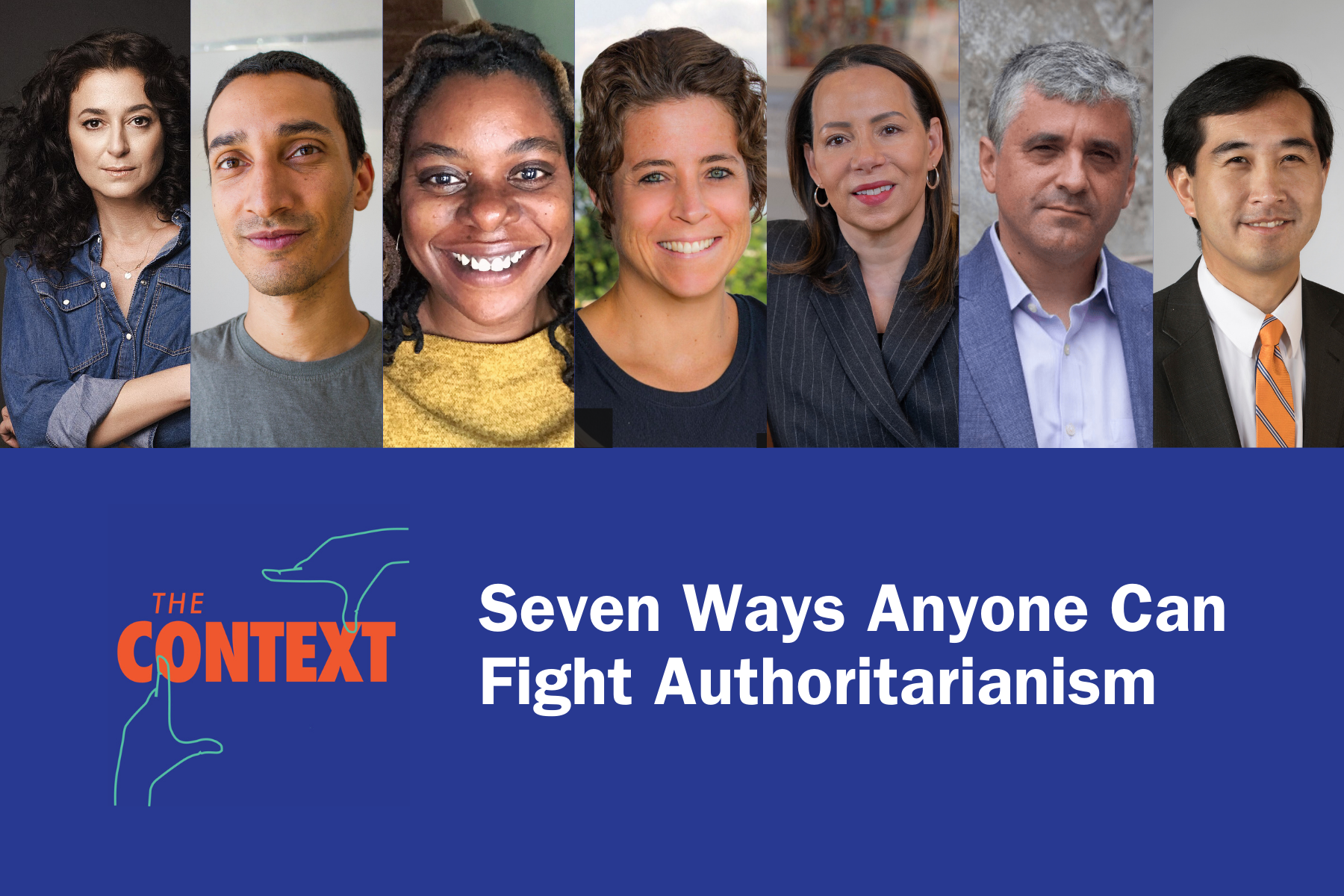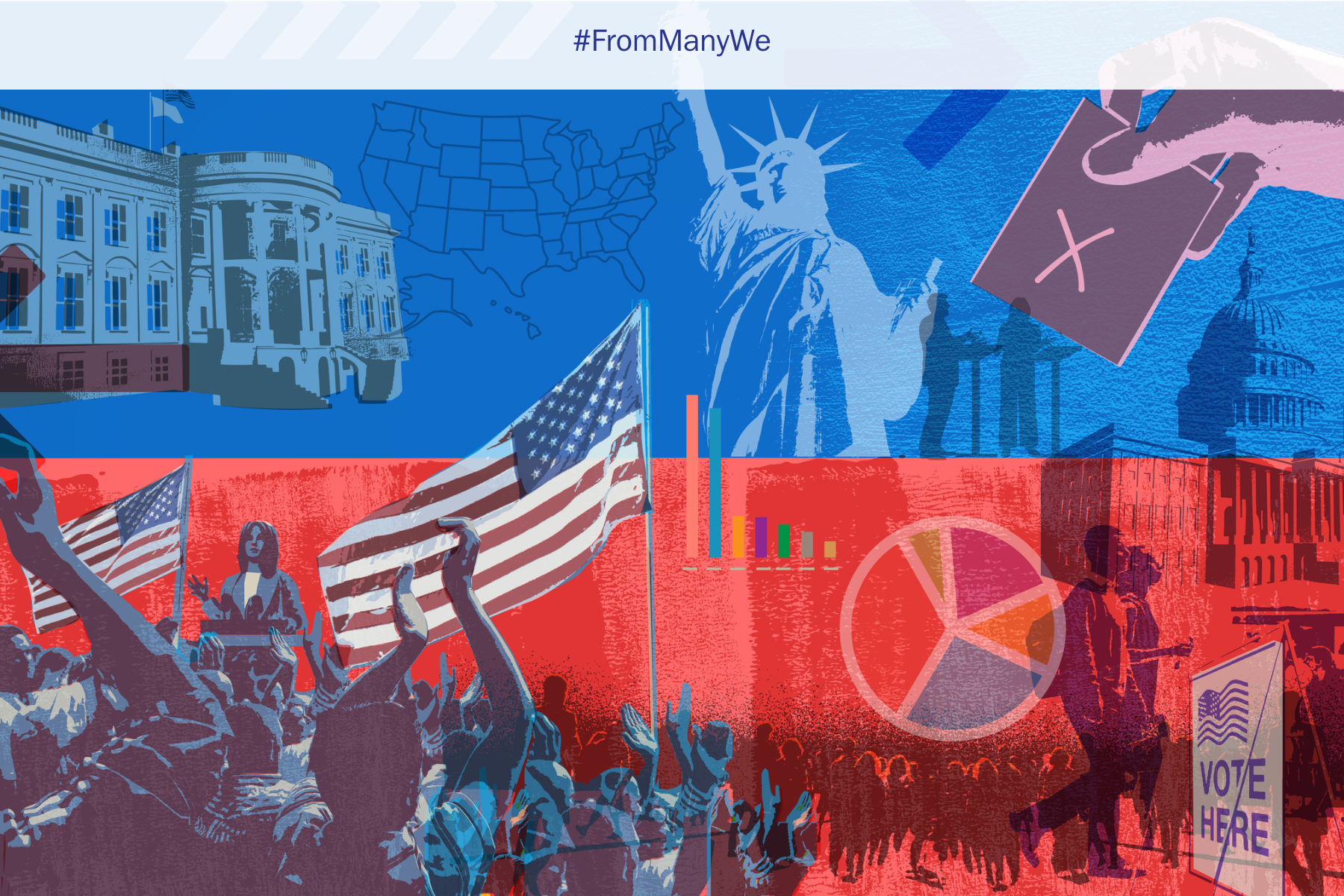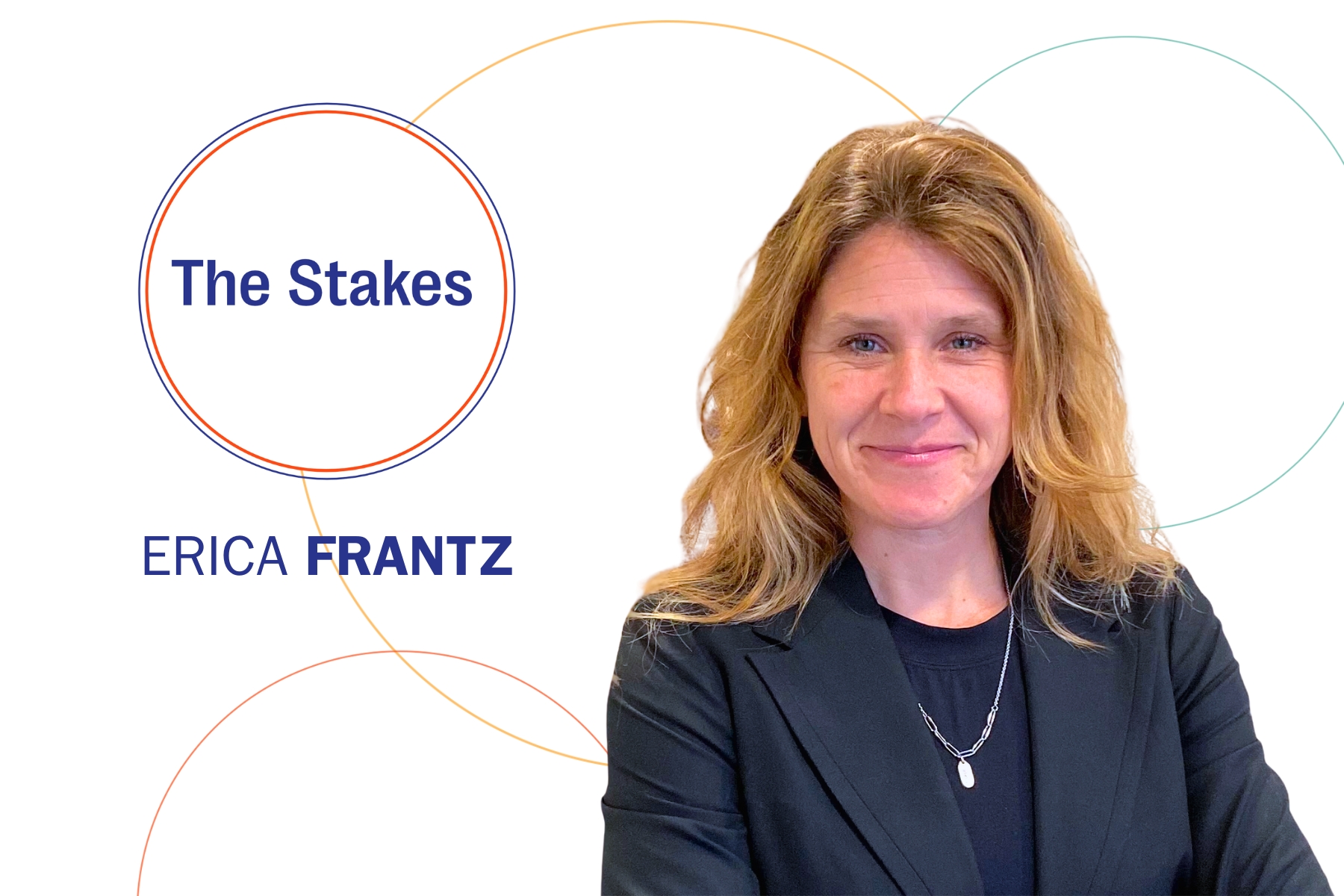The Fight Against Gerrymandering: Ohio’s Challenge and Opportunity

Every 10 years, the US Census counts the population in all 50 states, after which each state gets to redraw its boundaries for its own congressional and state legislative districts. Then the fun begins.
Gerrymandering and Autocracy: How Bad Is It?
Many states, Ohio included, have elected officials who are engaging in the partisan manipulation called gerrymandering. This occurs when legislators create electoral maps with often-outlandish boundaries for their own political advantage or their party’s. The practice of gerrymandering in some states has resulted in virtual single-party rule.
For example, through the use of gerrymandering, Tennessee has become “a model of one-party rule,” historian and author Anne Applebaum wrote for the Atlantic. Tennessee’s governor, legislature, state supreme court, eight out of nine members of the state’s delegation to the House of Representatives, and both of the state’s senators are Republicans. This concentration along party lines in states like Tennessee has led to more extreme public policies. Since the 1960s, gerrymandering has been used more often by Republicans, but recent notable examples to the benefit of Democrats include Illinois, New Mexico, and Oregon.
Ohio has its own problems. Despite a 53–45 breakdown in the 2020 presidential election, only 5 of Ohio’s 15 representatives in the House of Representatives are Democrats.
The Brennan Center for Justice, a nonprofit, nonpartisan legal and policy institute, sued the state numerous times since 2021 over the district boundaries that were designed to help Republicans get elected and hold power. The Ohio Supreme Court struck down the partisan maps repeatedly as it attempted to enforce two redistricting amendments that called for bipartisanship and were passed by overwhelming majorities in 2015 and 2018.
Ohio’s 6th Congressional District is now so gerrymandered that it was the subject of a study for the League of Women Voters of Ohio. The district snakes along the eastern boundary of Ohio for 200 miles. The town of Gnadenhutten, with a little more than 1,200 residents, is split between two congressional districts. A dozen school districts are split between the 6th and other congressional districts. As Ohio’s District 6 illustrates, gerrymandering overrides common sense and puts the desires of voters last in order to serve the exercise of one party’s raw political power.
The Enabling Role of the US Supreme Court
Gerrymandering began occurring soon after state legislatures were granted the authority to regulate congressional elections in the Elections Clause of the US Constitution. Partisan legislative and congressional maps have turned some states into single-party autocracies that influence the makeup of Congress and the function of democracy itself. At the heart of the issue is whether or not districts will be chosen fairly or become just one more tool in the toolbox of the powerful to increase their own advantage, whether or not the majority of voters agree.
The US Supreme Court has made it easier for decision-makers to get away with giving the advantage to one party or another. In the 2019 case of Rucho v. Common Cause, the Supreme Court held that even though the maps in this case were highly partisan, the federal courts lack the jurisdiction to prevent lawmakers from drawing maps designed to keep themselves and their political allies in power. Several decisions in the last dozen years have also weakened provisions in the Voting Rights Act of 1965 that curbed some racial gerrymandering. The high court has ruled against the extreme redistricting in Alabama that was intentionally designed to minimize the power of Black voters. But by a 6–3 vote, conservative justices accepted the gerrymandering that diluted the Black vote in South Carolina because the redistricting was done for political reasons.
Mobilizing for Democracy
In Ohio and other states, there are promising signs as the voters are taking this issue into their own hands. Kettering Foundation Senior Fellow and retired Ohio Chief Justice Maureen O’Connor is helping lead the efforts to put a state constitutional amendment on the ballot this November to overhaul how legislative and congressional districts are drawn up. The Citizens Not Politicians Amendment would establish a citizen-led 15-member commission to draw legislative boundaries. This amendment would sideline legislators and prevent them from making those decisions. Volunteers for the nonpartisan organization Citizens Not Politicians have fanned across Ohio for months gathering voter signatures. On July 1, 2024, they handed in 731,306 signatures from every county in Ohio to the Secretary of State’s Office to certify the measure for the November 5 ballot. It was the third most signatures gathered in the 110 years that Ohio has had a citizen-initiated constitutional amendment process. Ohio is one of 26 states that allows for citizen-initiated ballot measures.
Clearly, change is up to the voters if they want to root out partisanship; there is no other way, O’Connor said. “You can’t look to the Supreme Court for relief. You can’t look to Congress. You have to look to the people of the state,” she said during an interview for this piece in late June. “The federal government will not step in and fix anything on this issue,” she said.
When O’Connor and others searched for a model that would end partisan gerrymandering, she said, “We didn’t reinvent the wheel.” They studied the systems in Arizona, Colorado, and California but became particularly interested in the Michigan Independent Redistricting Commission, which voters approved in 2018. It removed politicians from the decision-making process and survived legal challenges. It proved a worthy model on which to design a similar system for Ohio.
O’Connor stated that it will be up to the voters to decide. “It’s ‘we the people,’ not ‘we the politicians,’ not ‘we the political party,’ not ‘we the special interests.’ ”
Maura Casey is a former editorial writer for the New York Times and has worked with the Kettering Foundation since 2010.
From Many, We is a Charles F. Kettering Foundation blog series that highlights the insights of thought leaders dedicated to the idea of inclusive democracy. Queries may be directed to fmw@kettering.org.
The views and opinions expressed by contributors to our digital communications are made independent of their affiliation with the Charles F. Kettering Foundation and without the foundation’s warranty of accuracy, authenticity, or completeness. Such statements do not reflect the views and opinions of the foundation which hereby disclaims liability to any party for direct, indirect, implied, punitive, special, incidental, or other consequential damages that may arise in connection with statements made by a contributor during their association with the foundation or independently.








